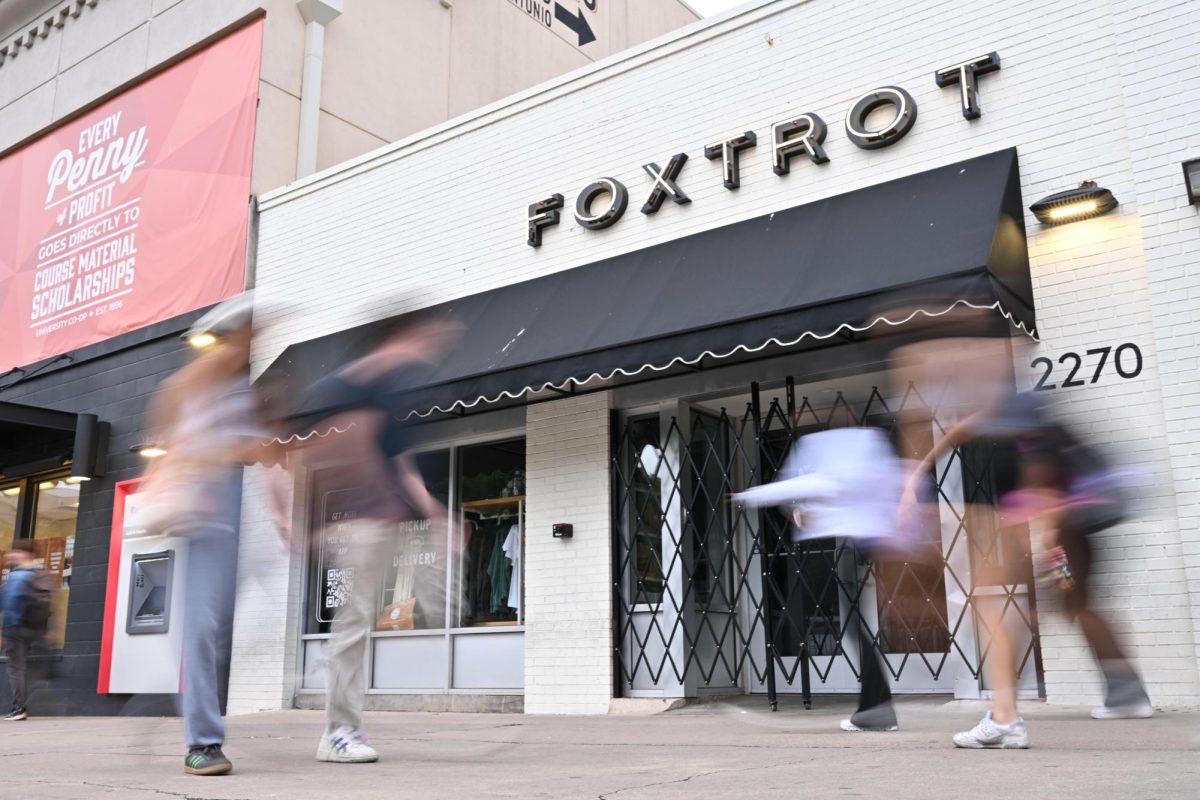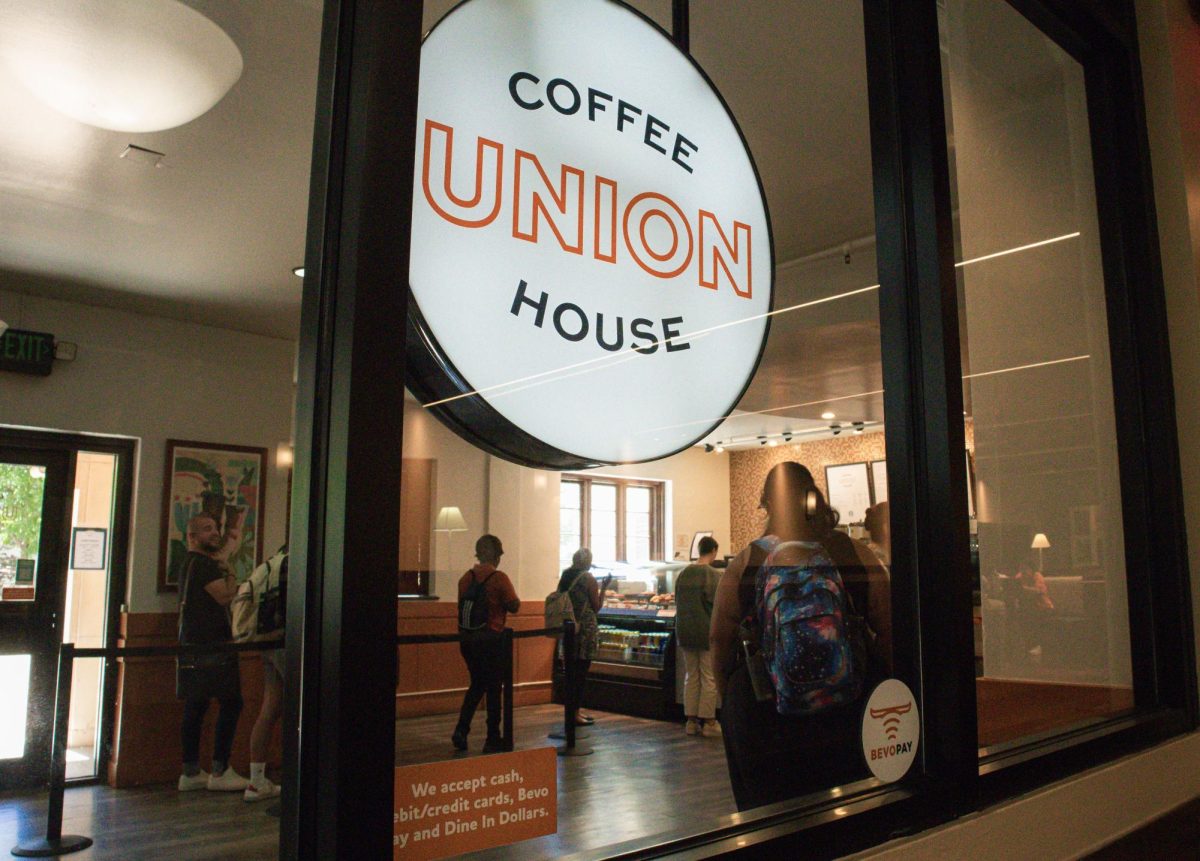The University’s grounds are now almost 100 percent organically maintained. Spanning 431 acres, this makes UT the largest example of organic landscaping in Austin.
What began as a small project in 2009, by then-gardener Justin Hayes and his supervisor Mike Wallick, has expanded to encompass the entire main campus and the Dell Medical School district. Hayes tested organic landscaping, by treating soil and plants without conventional methods such as chemical pesticides and fertilizers, on a patch of grass in front of the Littlefield Fountain. This test patch of grass thrived and needed less water.
“The two big benefits for us are an increase in the soil health and being more environmentally friendly,” Landscape Services manager Jim Carse said.
After the successful test plot, Hayes and his team applied for the Best Turf in Texas award in 2012 and won, which allowed him to spread his organic landscaping initiative to the South Mall.
Hayes said before he began organic landscaping on the South Mall, the University had to replace all the grass in that area prior to commencement, costing UT upward of $50,000 per year. Once Hayes went organic on the South Mall there was no need to replace the grass, saving the University thousands of dollars and allowing Hayes to work on expanding his organic landscaping to the rest of campus.
“You can imagine if an accountant is looking at the numbers and you see we’re saving so much money doing it the new way, why would we do it the old way,” said Hayes, landscape supervisor for the Dell Medical District.
UT also makes their own compost to assist with their organic landscaping projects. This compost consists of decomposing leaves, grass clippings and coffee grounds from across campus, Carse said.
“That’s a pretty neat thing because we’re able to produce a pretty good product, in house, and it reduces the amount of material we have to buy,” Carse said.
While Landscape Services try to be as organic as possible in the products they use for maintenance, they still must use some chemicals for issues such as invasive species, pests and fire ants, Carse said.
“We don’t have time to go around and put boiling water down fire ant holes,” Carse said. “We wouldn’t even make a dent in them. We really can’t have people getting bit because you run the risk of somebody having an allergic reaction and going to the hospital. We can’t take that risk, so we still put out a pesticide down that is very safe.”
Jennifer Hrobar, supervisor of urban forestry, said she was inspired by the work of people such as Hayes, which led her to find ways to organically manage the trees on campus.
The four arborists at UT have, alongside Hrobar, begun limiting pesticide use on trees and have shifted to applying alternatives such as compost, wood chips and biochar, a charcoal used as a soil amendment.
“We continue to work toward becoming all-organic with UT’s main campus landscape,” Hrobar said in an email. “We focus on maintaining good plant health care practices that keep the trees healthy and able to defend themselves against the common stresses of this tough urban environment.”




















